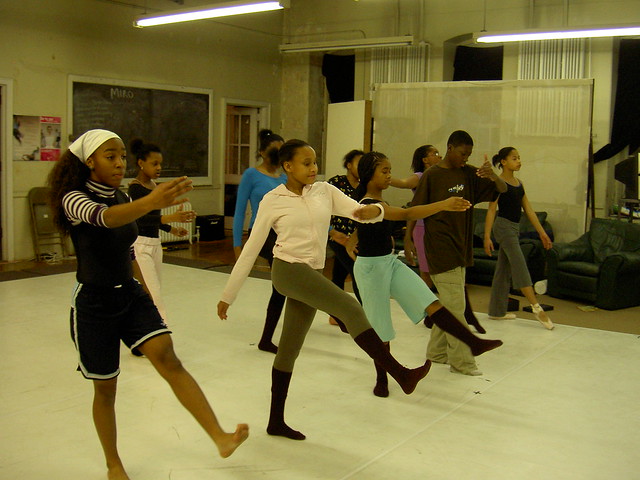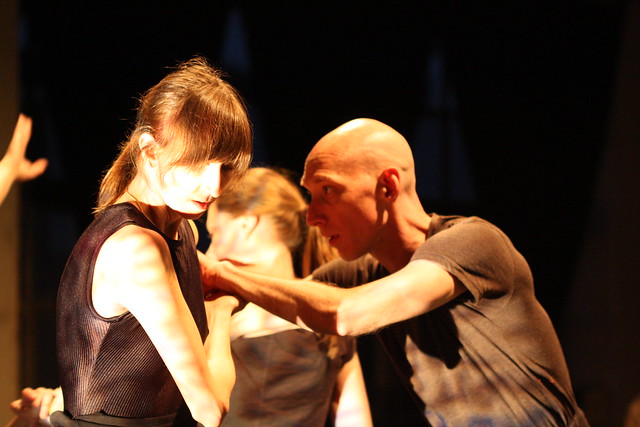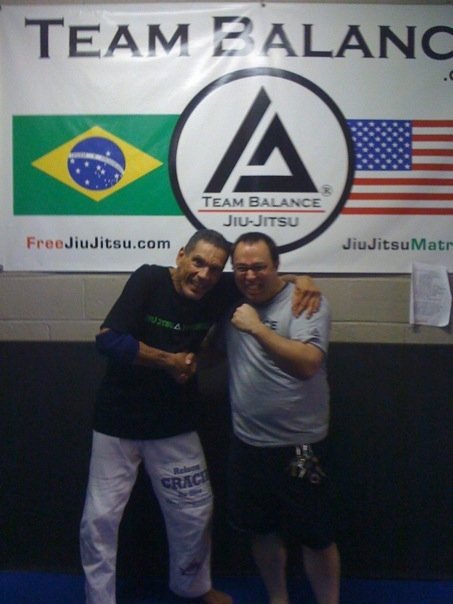Supporting Creativity Pt. 1
Several years ago I was in a beautiful position. As the chair of a small fine arts department in an urban independent school I was able to push, pull, advocate, and influence. The faculty around me were supportive. The administration was trusting. Our budget was enough and our facility gave us room to grow.
Times like these you learn to live. Again and again we would consider our methods and how well we served the students, the mission of the school, the faculty, and one another. We were open and looking for ways to make everything meaningful and memorable for our students. One gaping hole in our curriculum was dance.
Now everyone knows that there are standards for dance and that they are never fulfilled for many reasons. If you can imagine that, historically, arts programs are the first to be cut you can trust me that dance may not be an  area that even gets onto the schedule. How could we make this work? Another challenge is that the certification process for K12 dance is essentially a technical certification–categorized with shop classes and the like. Earning the certification is one thing, maintaining it is nearly impossible. For this reason, many dancers and dance educators do not even bother. As an independent school, this was no real concern but this meant, from a practical standpoint, that there is no significant pool of dance educators to draw from in the same way that you may be able to tap into student teachers or practicum students in other content areas.
area that even gets onto the schedule. How could we make this work? Another challenge is that the certification process for K12 dance is essentially a technical certification–categorized with shop classes and the like. Earning the certification is one thing, maintaining it is nearly impossible. For this reason, many dancers and dance educators do not even bother. As an independent school, this was no real concern but this meant, from a practical standpoint, that there is no significant pool of dance educators to draw from in the same way that you may be able to tap into student teachers or practicum students in other content areas.
Having been a co-founder of a NYC dance company and having worked with professional dance companies in 5, 6, 7, or 8 past lives, I knew a little bit about the field. I knew that dancers had a few things in common. One of those things was a love of available space–often the more austere and forgotten the better–and a need for space. My company used to rehearse in a Julliard studio on odd weekends when classroom reserves were thin. We rehearsed in loft bedrooms with furniture stacked on end. We rehearsed in performance spaces like PS 2 in between performances of popular theatre programs, in church basements, and in performance venues–they thought we were performing but we ran it like a rehearsal.
The final frontier.
Our students needed opportunities to express themselves creatively.
Dancers needs space. We had space. I started searching. Alphabetically.
Miller Rothlein–then Miro Dance Theatre–was the first company who had a functioning web presence, a functioning phone number, and a functioning director who answered it. I told them what I had in mind. We have space and you have dance. We want to share. And that, as they say, was the beginning of something beautiful.

Years later, we reminisce on the amazing work they have done with our students.
It is nothing less than beautiful.
This year, at their annual fundraiser, two of their first students will be presenting a duet.
Seniors. Going where no man has gone before.
Please take the time to support
the seed, the soil, the water,
the care, the shoot, and the growth.
Click here to sustain creative expression



